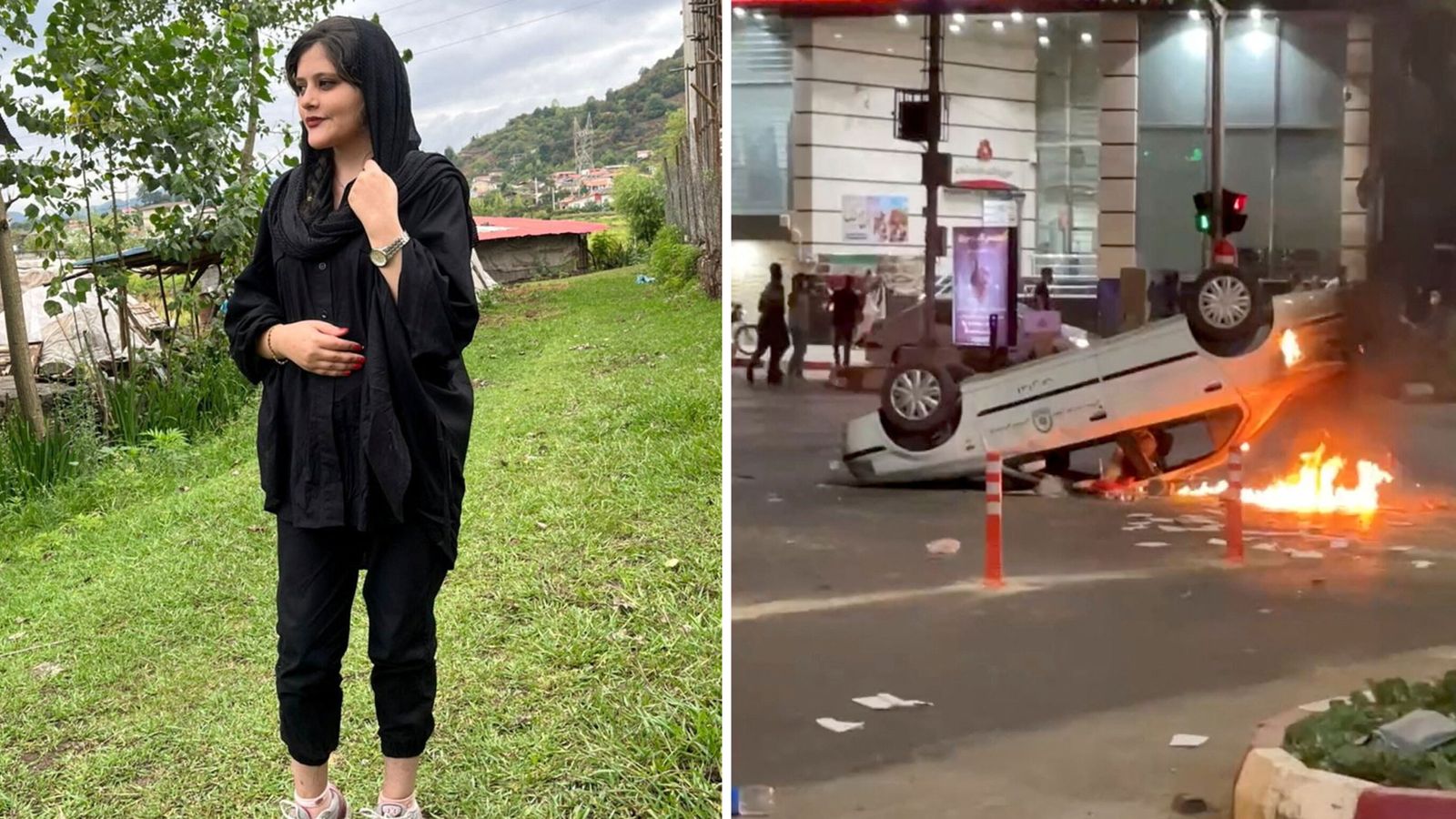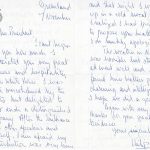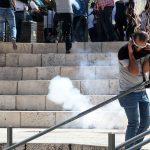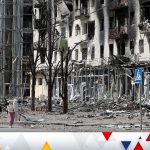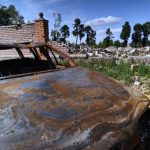Iran’s president says protesters should be “confronted decisively” following nationwide anti-government unrest sparked by the death of a young woman in police custody.
Authorities have been cracking down for days on demonstrators who are angry over the death of 22-year-old Mahsa Amini. She had been arrested for allegedly wearing “unsuitable attire”.
Iranian state TV suggests as many as 26 protesters and police have been killed since violence erupted last weekend.
President Ebrahim Raisi said Iran must “deal decisively with those who oppose the country’s security and tranquility”, state media reported.
State-organised rallies took place in several Iranian cities on Friday to counter the anti-government demonstrations.
Mr Raisi’s comments were made in a condolence phone call to the family of a security agent stabbed to death, allegedly by protesters against the regime.
The morality police detained Ms Amini last week, saying she did not properly cover her hair with a headscarf – known as the hijab – which is mandatory for Iranian women.
Iran protests: Who was Mahsa Amini, why are women cutting their hair and how big are the demonstrations?
Mahsa Amini: US impose sanctions on Iran’s morality police as protest over woman’s death continues
Commander stabbed during protests in Iran over woman’s death
Ms Amini collapsed at a police station in the capital Tehran, fell into a coma, and died three days later in hospital on Friday 16 September.
Authorities said she allegedly had a heart attack but her family reportedly said she had no history of heart disease.
And according to her father, Ms Amini suffered bruising to her legs while in custody. He has said he holds the police responsible for her death.
Read more:
Protests break out in Iran
Commander stabbed during demonstrations
Who was Mahsa Amini?
During the street protests, women have played a prominent role, challenging the country’s Islamic dress code, and waving and burning their veils.
Some have publicly cut their hair as furious crowds called for the fall of Supreme Leader Ayatollah Ali Khamenei.
The protests have taken place in places including Tehran and Shahin Shahr in central Iran.
Iran’s police chief Hossein Ashtari has issued a tough message in an attempt to stop the demonstrations.
“The people’s security is our red line,” he told state TV.
“Those involved in sabotage and creating insecurity based on directives from outside the country should know that they will be strongly dealt with.”
The morality police are attached to Iran’s law enforcement, and their role is to ensure the respect of Islamic morals as described by the country’s clerical authorities.
The anti-government protests are not expected to pose an immediate threat to Iran’s clerical rulers, whose security forces have crushed similar demonstrations in recent years, analysts say.
But the protests have clearly made authorities nervous.
